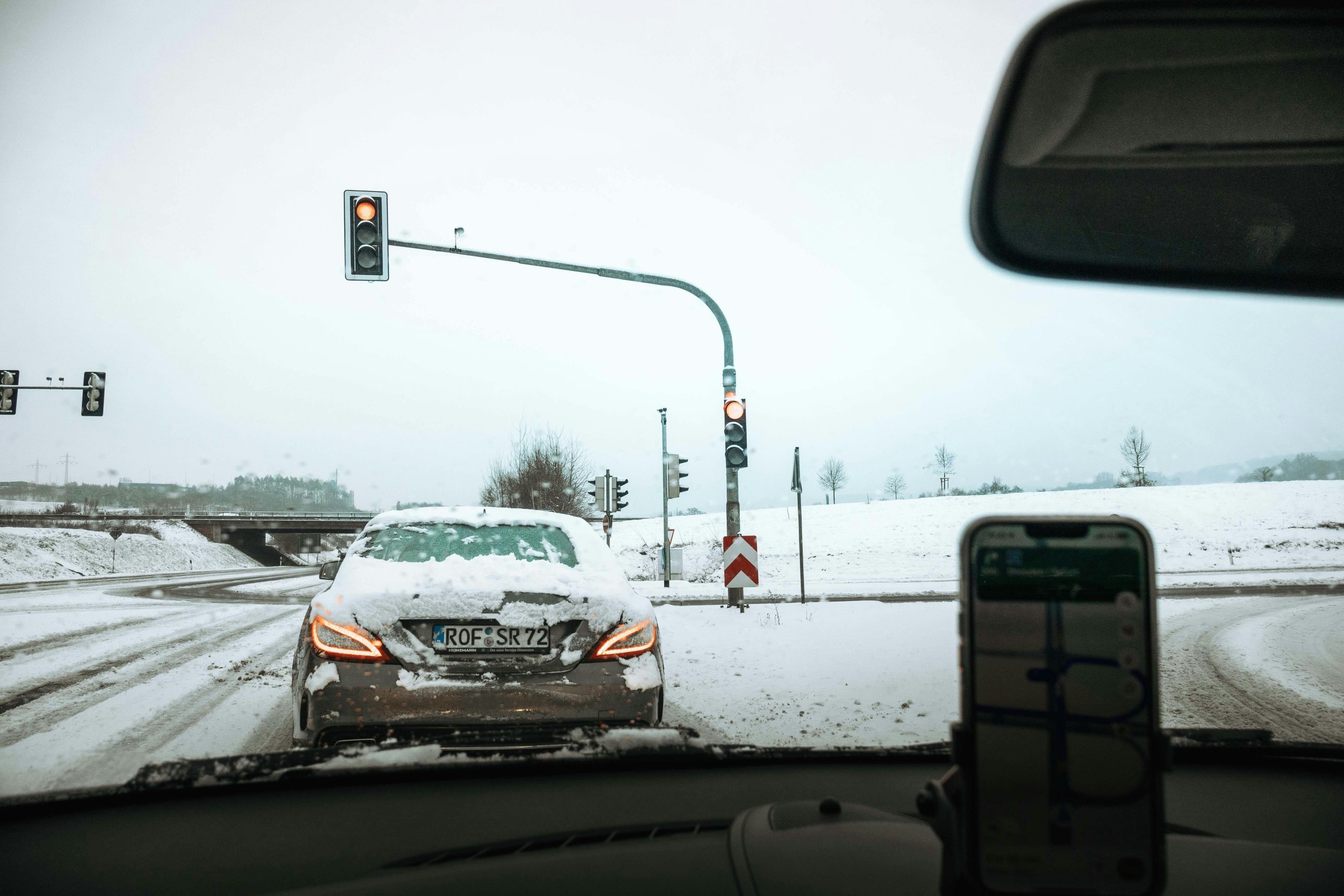
How to Stay Safe on the Roads During Peak Travel Seasons
Peak travel seasons bring a mix of excitement and challenges, with roads often bustling with vehicles, from holidaymakers to long-haul truck drivers. While these busy periods provide an excellent opportunity to explore and visit loved ones, they also demand heightened awareness and preparation to ensure safety. In this guide, we delve into actionable tips and strategies to keep you and your loved ones safe during peak travel times, whether it’s a long road trip or a short commute.
Understanding Peak Travel Risks
Peak travel seasons—such as school holidays, long weekends, and major public holidays—often see increased traffic congestion, fatigued drivers, and unpredictable weather conditions. The combination of these factors can lead to heightened risks, including:
- Traffic accidents caused by driver fatigue or impatience.
- Delays due to road congestion or unplanned detours.
- Increased stress levels, impacting decision-making and reaction times.
| Safety Measure | Key Actions | Benefits |
|---|
| Plan Your Journey | Use navigation tools, schedule breaks, check traffic conditions | Reduces stress, minimizes delays, avoids high-traffic areas |
| Maintain Your Vehicle | Inspect tyres, brakes, lights, and fluid levels | Prevents breakdowns, improves safety and fuel efficiency |
| Drive Defensively | Keep safe distances, anticipate hazards, avoid aggression | Reduces risk of accidents, improves overall road safety |
| Stay Alert | Sleep well, take breaks, share driving duties | Prevents fatigue-related errors, keeps you alert |
| Minimize Distractions | Turn off notifications, program GPS, entertain kids safely | Prevents accidents from distracted driving |
| Prepare for Emergencies | Carry an emergency kit, know roadside assistance numbers | Ensures preparedness for unforeseen issues |
| Practice Patience | Stay calm, practice courtesy, allow others to merge | Creates a positive and safer driving environment |
By recognizing these risks, you can better prepare to navigate them safely.
1. Plan Your Journey Ahead of Time
Planning is essential to avoid unnecessary stress and minimize risks. Here’s how:
- Use Navigation Tools: Apps like Google Maps or Waze can help identify traffic hotspots and suggest alternative routes.
- Check Traffic and Weather Conditions: Ensure you’re aware of any roadworks, closures, or severe weather warnings along your route.
- Schedule Breaks: Plan rest stops every two hours to avoid fatigue, especially on long trips.
Pro Tip: Traveling outside peak times, such as early mornings or late evenings, can help you avoid congestion.
2. Maintain Your Vehicle
A well-maintained vehicle is crucial for safe travel. Perform these checks before hitting the road:
- Tyres: Ensure they are properly inflated and have sufficient tread depth.
- Brakes: Test your brakes for responsiveness.
- Fluids: Check oil, coolant, and windshield washer levels.
- Lights: Verify that all headlights, brake lights, and indicators are functioning.
Regular servicing not only prevents breakdowns but also enhances fuel efficiency—a win-win during holiday trips.
3. Drive Defensively
Defensive driving is critical, especially when roads are busy. Key principles include:
- Keep a Safe Following Distance: Maintain at least a three-second gap from the vehicle ahead.
- Anticipate Hazards: Stay alert for sudden stops, merging vehicles, or road debris.
- Avoid Aggressive Driving: Stay calm, even in heavy traffic, and resist the urge to tailgate or weave between lanes.
Defensive driving is not just about protecting yourself; it’s also about being mindful of other road users.
4. Stay Alert and Avoid Fatigue
Driver fatigue is a significant contributor to road accidents, particularly during long trips. Tips to combat fatigue include:
- Get Adequate Sleep: Aim for at least 7-8 hours of rest before your journey.
- Share the Drive: If possible, alternate driving duties with a travel companion.
- Use Rest Stops: Take regular breaks to stretch, hydrate, and refresh your mind.
Warning: Avoid relying on caffeine alone; while it may provide a temporary boost, it’s no substitute for proper rest.
5. Minimize Distractions
Distracted driving is a leading cause of accidents. To stay focused:
- Turn Off Notifications: Silence your phone or use driving mode features.
- Set Up GPS Before Starting: Program your route in advance to avoid fumbling with devices mid-journey.
- Limit Conversations: Keep in-car discussions light to avoid losing concentration.
For parents, keeping children entertained with books, games, or pre-loaded movies can help reduce distractions.
6. Prepare for Emergencies
Despite careful planning, emergencies can still occur. Be prepared with:
- An Emergency Kit: Include items such as a first-aid kit, flashlight, batteries, water, and snacks.
- Roadside Assistance Contacts: Have the number of your roadside assistance provider readily available.
- Spare Tyre and Tools: Ensure you know how to change a tyre or have a roadside assistance plan.
Knowing what to do in case of a breakdown or accident can make all the difference in managing the situation effectively.
7. Practice Patience and Courtesy
The holiday season can bring out the best and worst in drivers. Maintaining a positive attitude on the road can reduce stress and prevent aggressive behaviors. Simple acts of courtesy, such as allowing others to merge or acknowledging helpful gestures, contribute to a safer and more pleasant driving experience for everyone.
Why Road Safety During Peak Seasons Matters
Taking the time to prioritize road safety benefits not only you and your passengers but also other road users. During peak travel seasons, small precautions can prevent significant mishaps, ensuring everyone reaches their destination safely and without undue stress. By planning ahead, staying alert, and practicing patience, you can turn what might be a stressful experience into an enjoyable journey.
So, the next time you hit the road during peak travel times, remember: preparation, awareness, and courtesy are your best tools for a safe and smooth trip.



